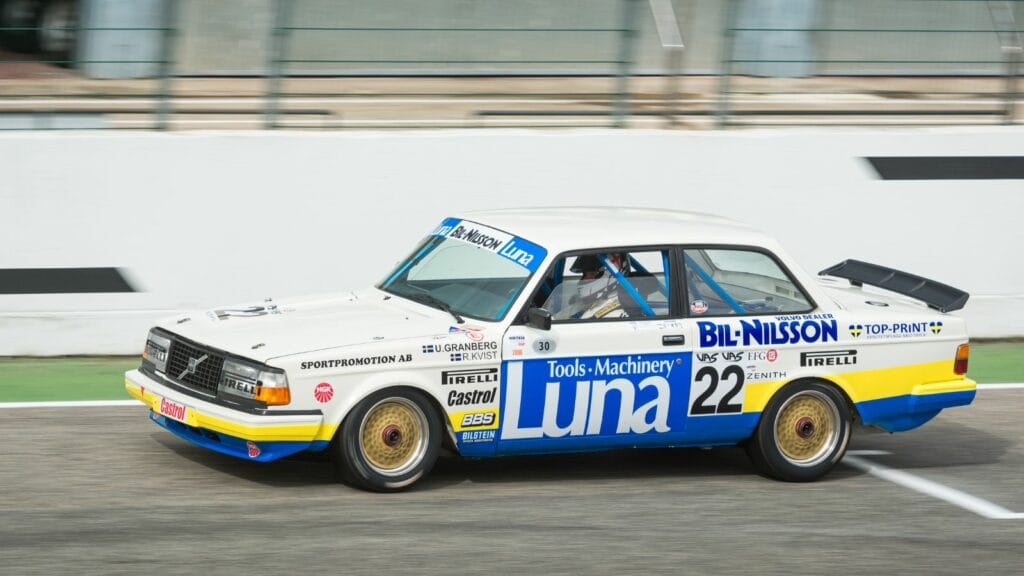Owning a vintage car can be very exciting. Car enthusiasts are always looking for vintage cars that still offer an incredible drive. However, one of the biggest concerns with vintage cars is how maintenance expenses can quickly turn into a money pit. But this is not the case for all vintage cars. Some classic vehicles provide retro flair, passable performance, and low maintenance bills. These are 25 classic cars that are surprisingly cheap to own and maintain:
Datsun 280ZX
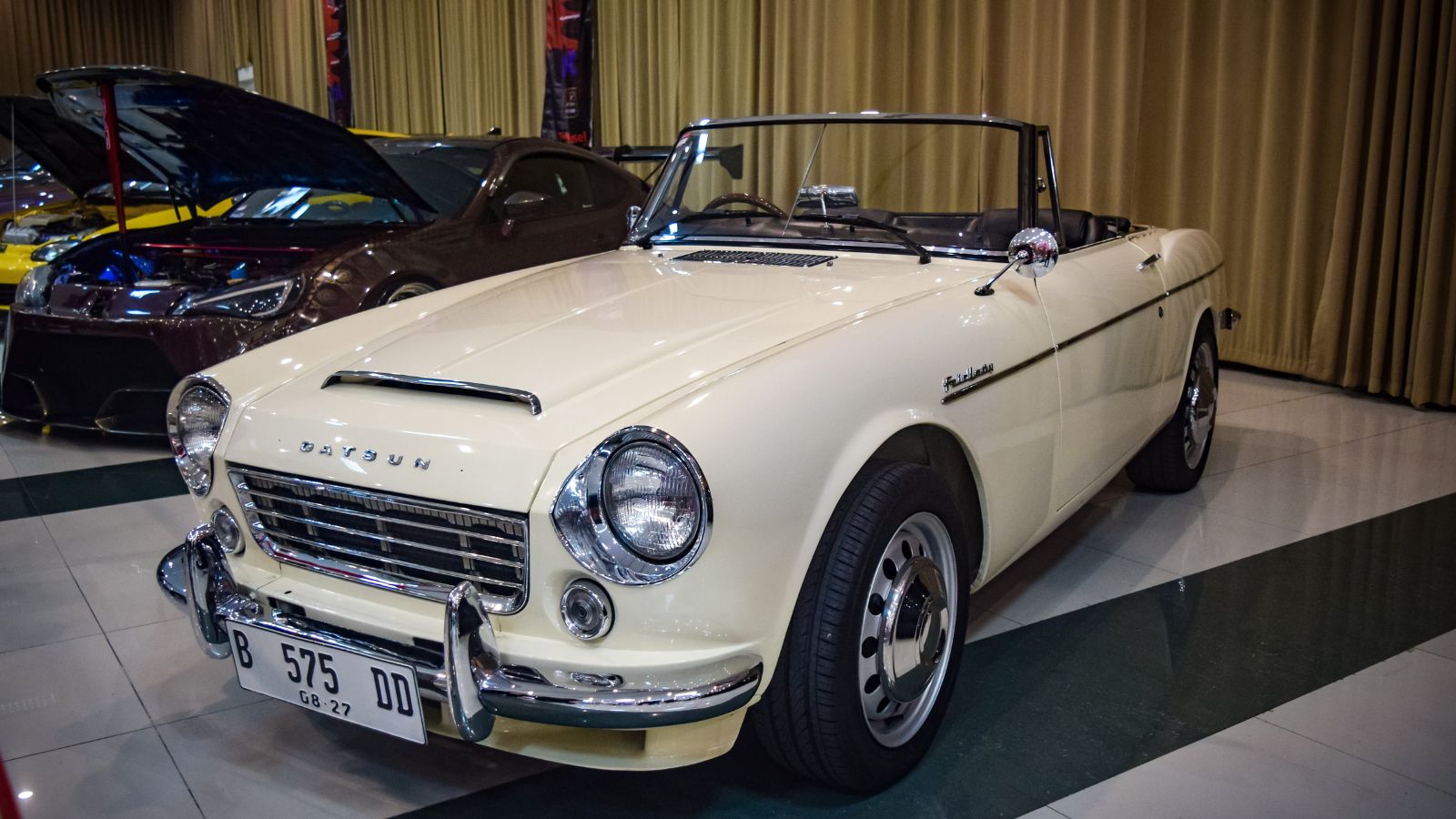
The 1978 Datsun 280ZX, penned by Kazuo Kimura, was an upgraded replacement for the iconic 240Z. It came equipped with a smooth 2.8L inline-six engine and was incredibly robust. The cabin was significantly upgraded from its forebear, offering velour seating, a cockpit facing the driver, and even a digital clock, a novelty at the time. At 0-60 mph in about 7.8 seconds, the 280ZX was adequately fast, and because of its tough mechanicals, it’s an inexpensive, easy-to-own classic today.
Toyota Corolla AE86
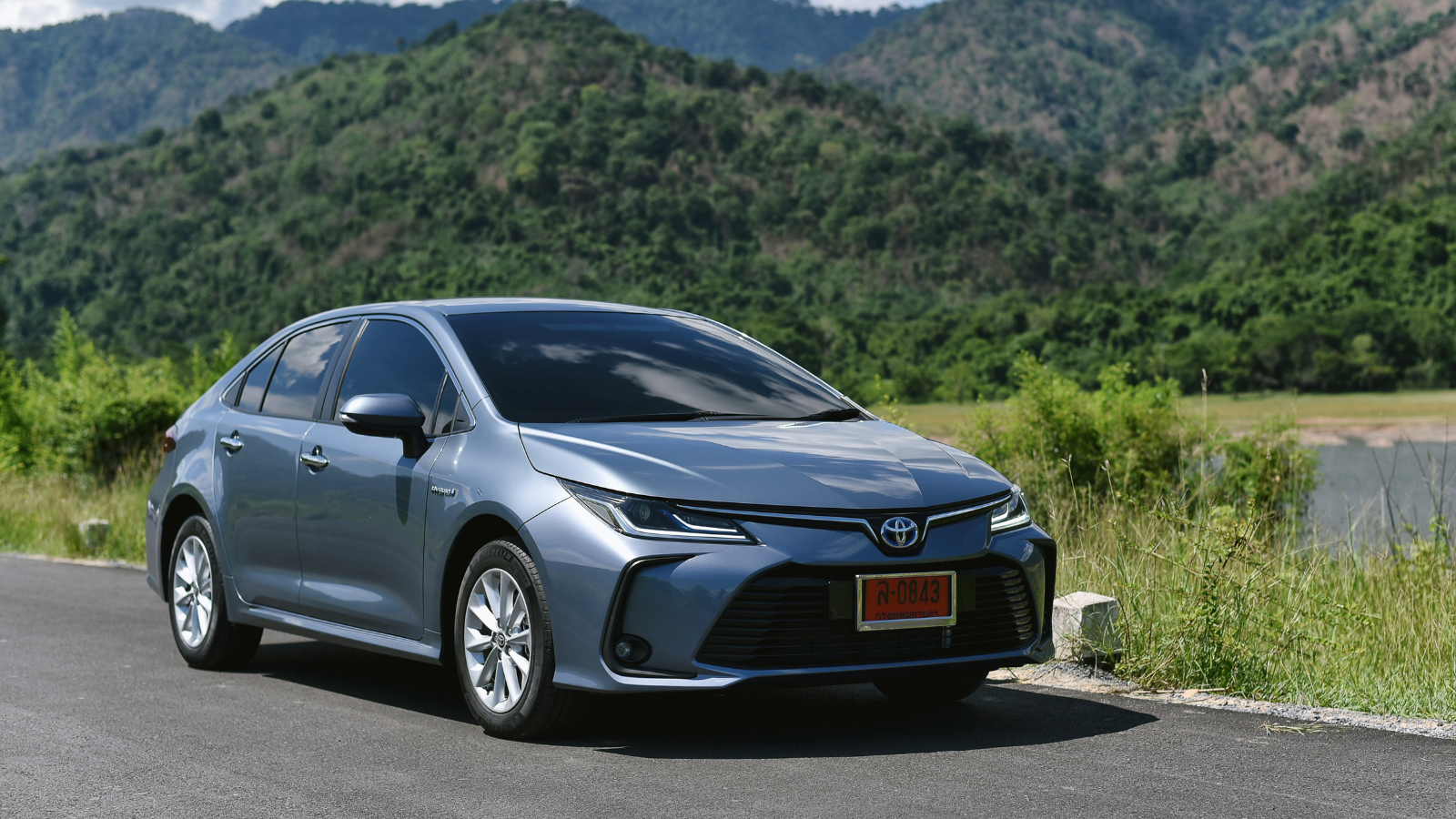
Fumio Agetsuma designed the AE86. The car is an icon among fans, particularly those into drifting. The lightweight coupe in 1983 had a 1.6L inline-four engine that was economical and a joy to service. Inside, the AE86 featured plain cloth bucket seats, a plain dashboard with analog instruments, and a sporty three-spoke steering wheel. It wasn’t quick, with a 0-60 mph time of around 8.5 seconds, but its well-balanced chassis and rear-wheel-drive layout made it a delight to drive. Spares are still cheap, so it’s one of the lowest-cost classic sports cars to own.
Ford Mustang Fox Body
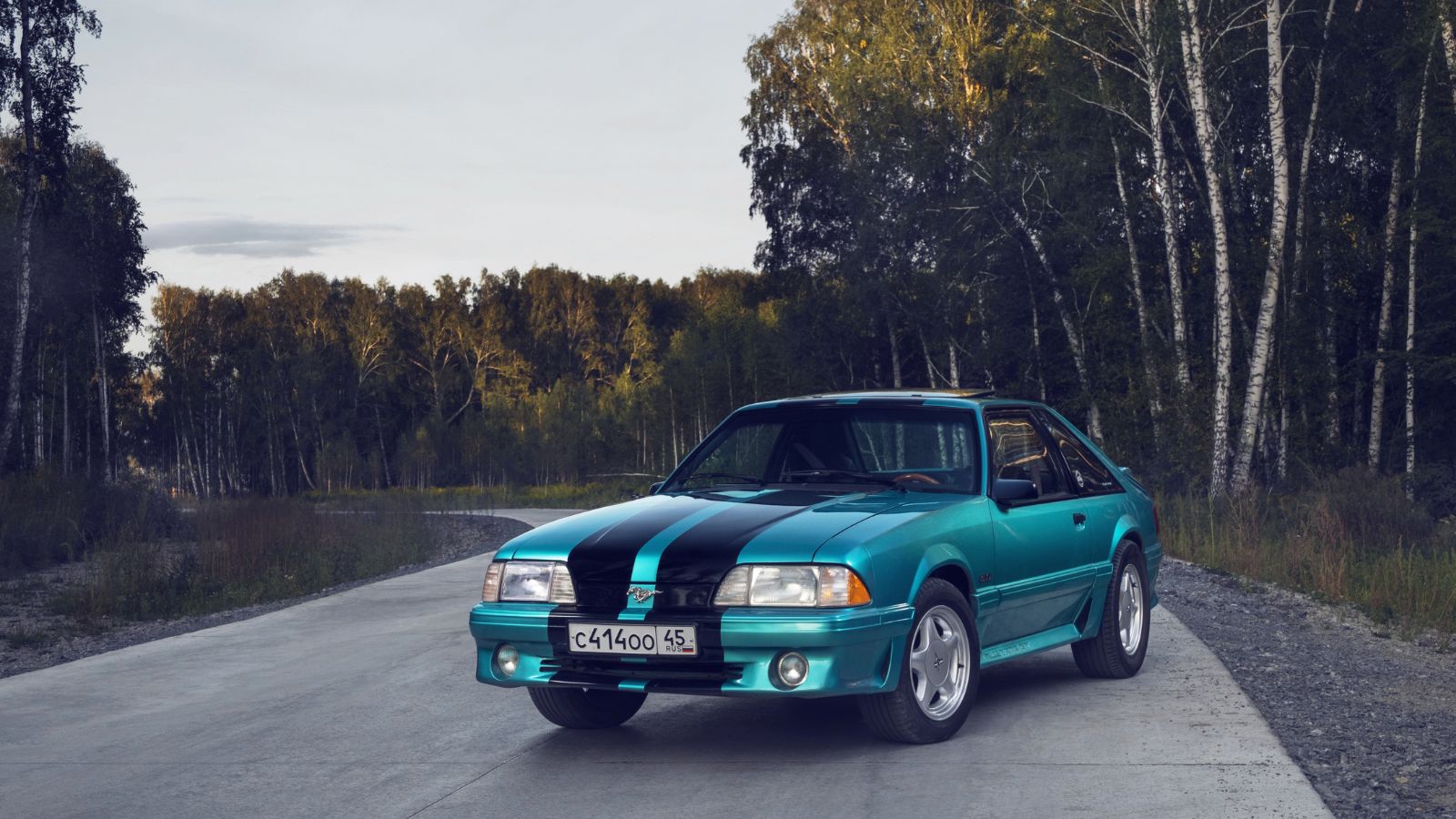
The Fox Body Mustang, penned by Jack Telnack, arrived in 1979 and was an instant hit with muscle car enthusiasts. With a range of engines, the most sought-after being the 5.0L V8, the Mustang provided respectable performance with a 0-60 mph time of approximately 6.5 seconds. The interior boasted traditional American muscle car styling with vinyl seats, an angular dashboard, and a straightforward but effective instrument cluster. With plenty of aftermarket pieces and a loyal following, the cost of maintaining it is still low, making it one of the cheapest muscle cars to own.
Mazda MX-5 Miata (NA)
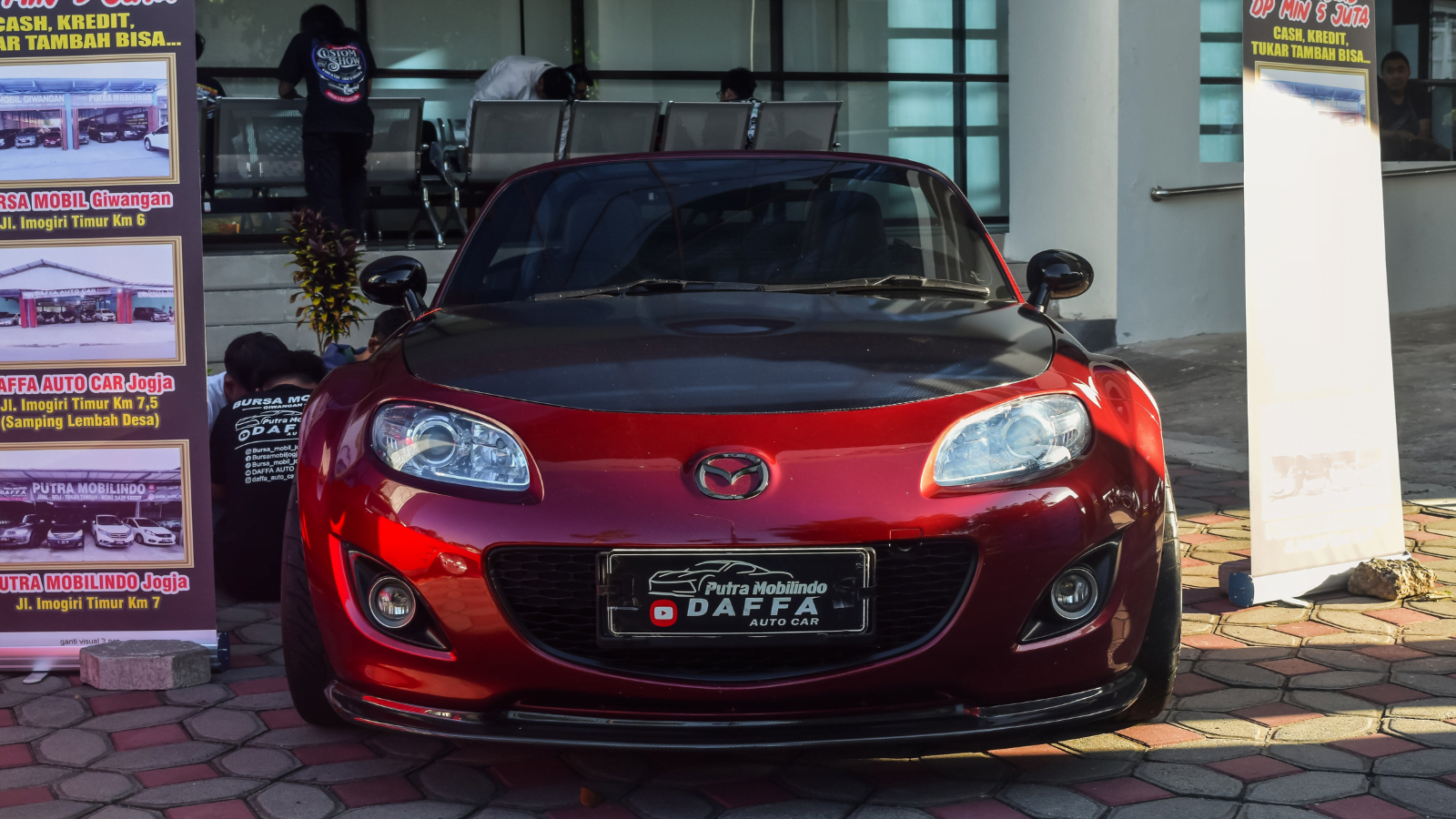
The original Tom Matano-penned Miata is the definition of an inexpensive roadster that’s just plain fun to drive. It was introduced in 1989 and had a 1.6L inline-four, making a little more than 100 horsepower. The interior was delightfully simple, with supportive bucket seats, an easy-to-read gauge cluster, and a no-frills design that emphasized driving pleasure. The Miata could hit 0-60 mph with a lightweight frame in around 8.6 seconds. Thanks to its bulletproof engine and minimal electronic components, the NA Miata remains one of the cheapest classics to maintain.
Nissan 300ZX (Z32)
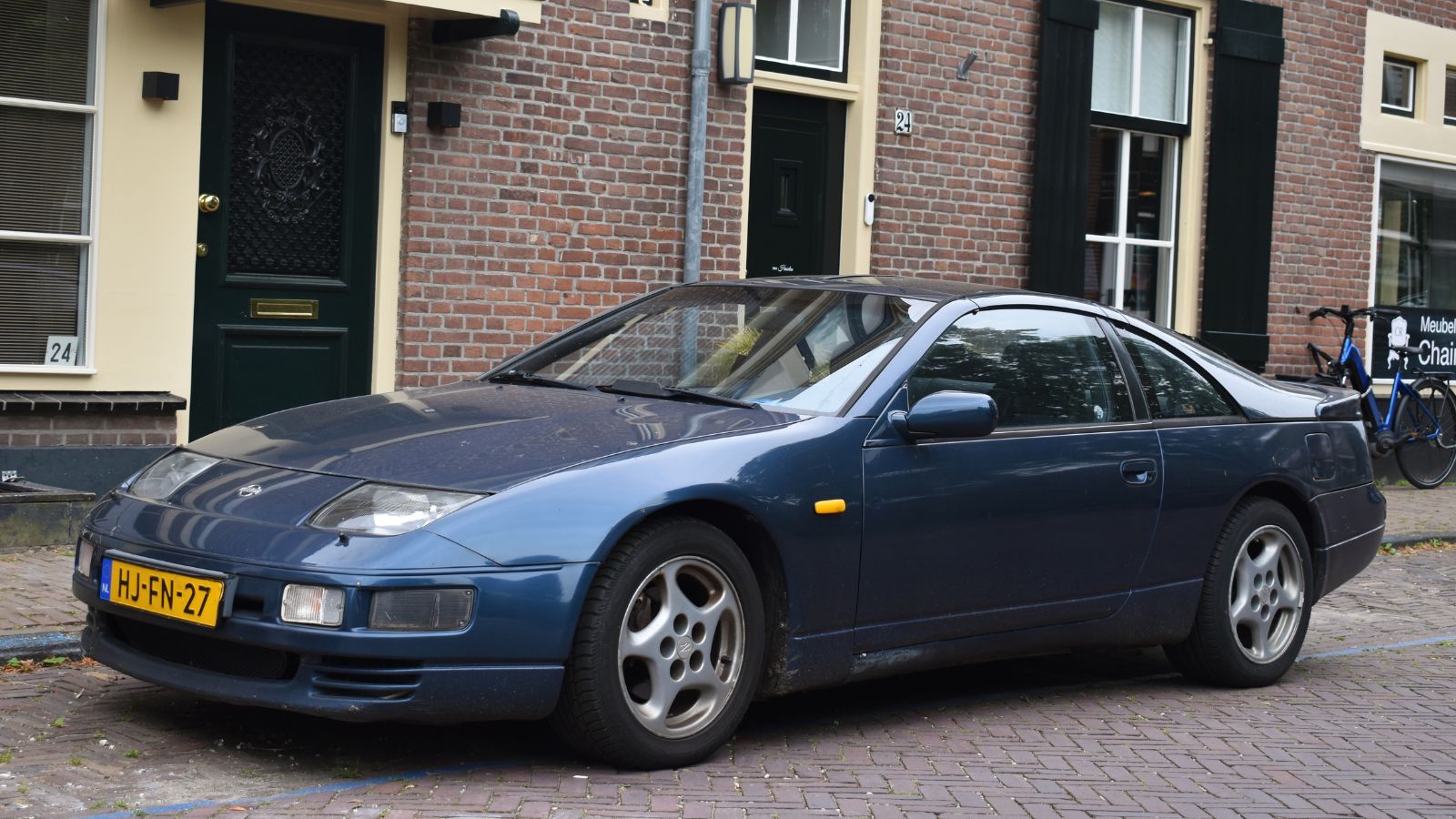
Styled by Toshio Yamashita, the Z32-generation 300ZX arrived in 1990 with a futuristic, aerodynamic look. It came with a 3.0L V6 engine in naturally aspirated and twin-turbo forms. The interior was futuristic, with wraparound controls, digital climate control, and supportive bucket seats. The turbo model’s 0-60 mph time was a respectable 5.5 seconds. Though the twin-turbo cars are more demanding to maintain, the non-turbo versions are highly dependable and low-maintenance, making them a classic with excellent value.
Pontiac Firebird Trans Am

Its bold styling and endorsement by Burt Reynolds in Smokey and the Bandit make the late-’70s Trans Am a show-stopper. Styling was courtesy of Bill Mitchell, featuring a range of V8 engines, such as a 6.6L motor. The interior included aggressive styling in the form of a machine-turned dashboard, gauges sunk into the dashboard deeply, and luxuriant vinyl or cloth bucket seats. This big-displacement car accelerated in about 7.5 seconds to 0-60 mph. These Firebirds were made for inexpensive servicing, with parts readily found even today.
BMW E30 3-Series
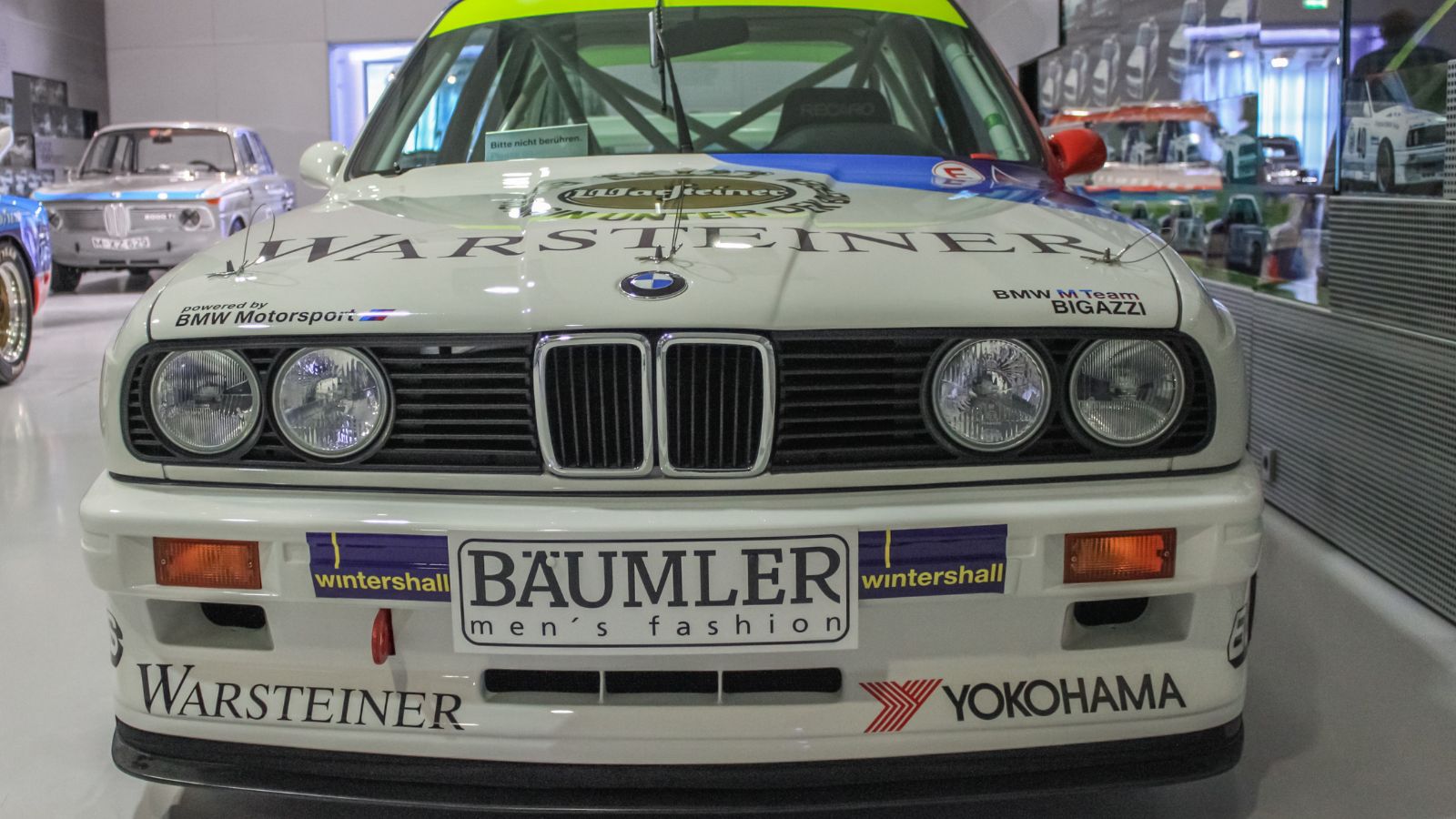
The Claus Luthe-designed E30-generation BMW 3-Series is one of the most revered driver’s cars. Offered with a range of inline-four and inline-six engines, the E30 provided reliability and performance. The interior blended German precision and minimalism, with bolstered seats, a driver-oriented dashboard, and premium materials. Depending on the engine, 0-60 mph acceleration took between 7 and 9 seconds. Although some BMWs are pricey to repair, the E30 has a strong parts supply and do-it-yourself-friendly engineering, making it more cost-effective.
Chevrolet Impala
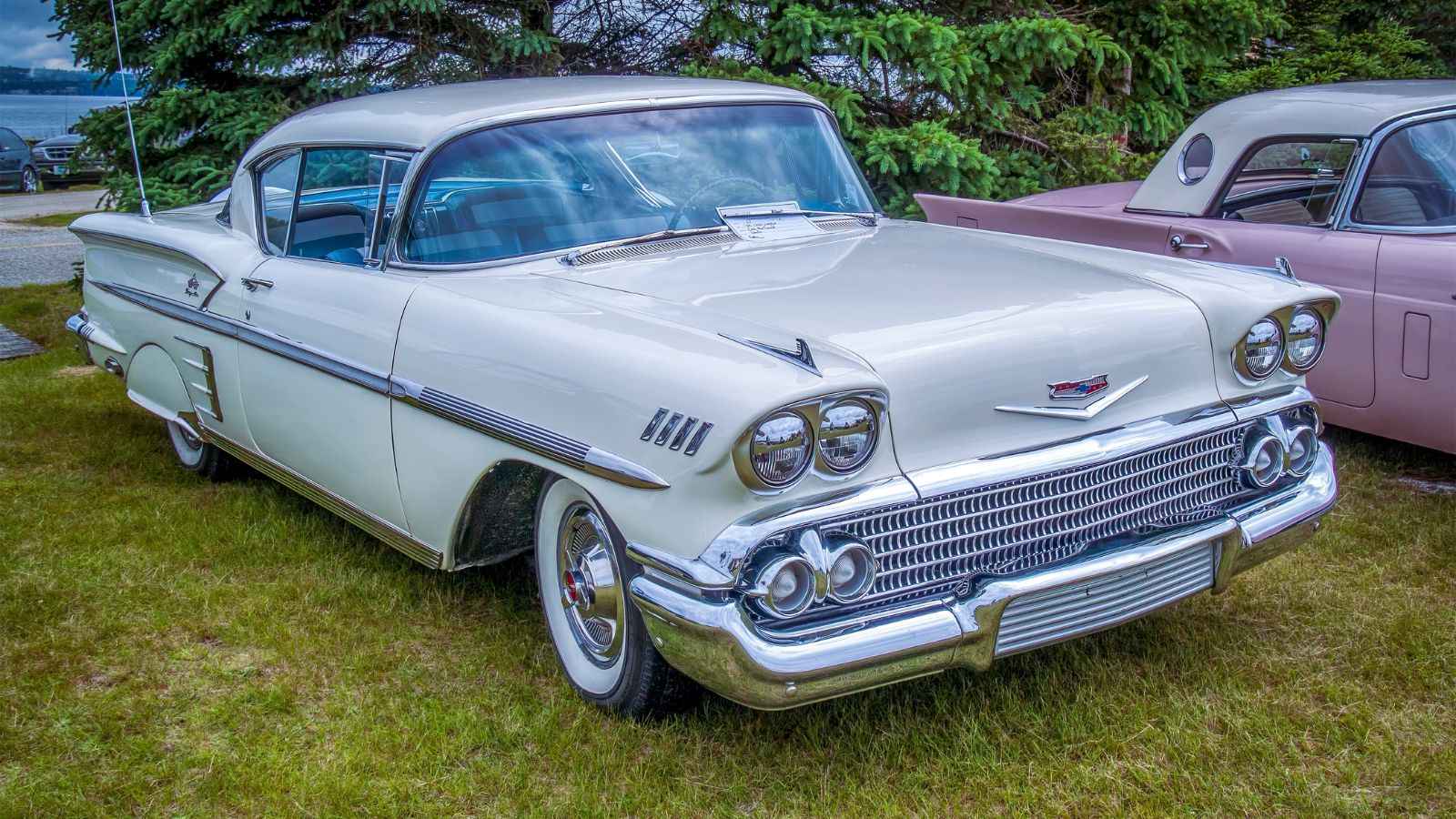
This full-size American icon, penned with the direction of Bill Mitchell, was a muscle car era staple. With big-block V8 engines, the Impala brought power and presence. The inside was comfortable, with expansive bench seats, chrome trim, and a minimalist, functional dashboard. Some models could reach 0-60 mph despite its girth in approximately 7.2 seconds. The Impala’s massive production runs make parts abundant, keeping maintenance expenses low.
Datsun 240Z
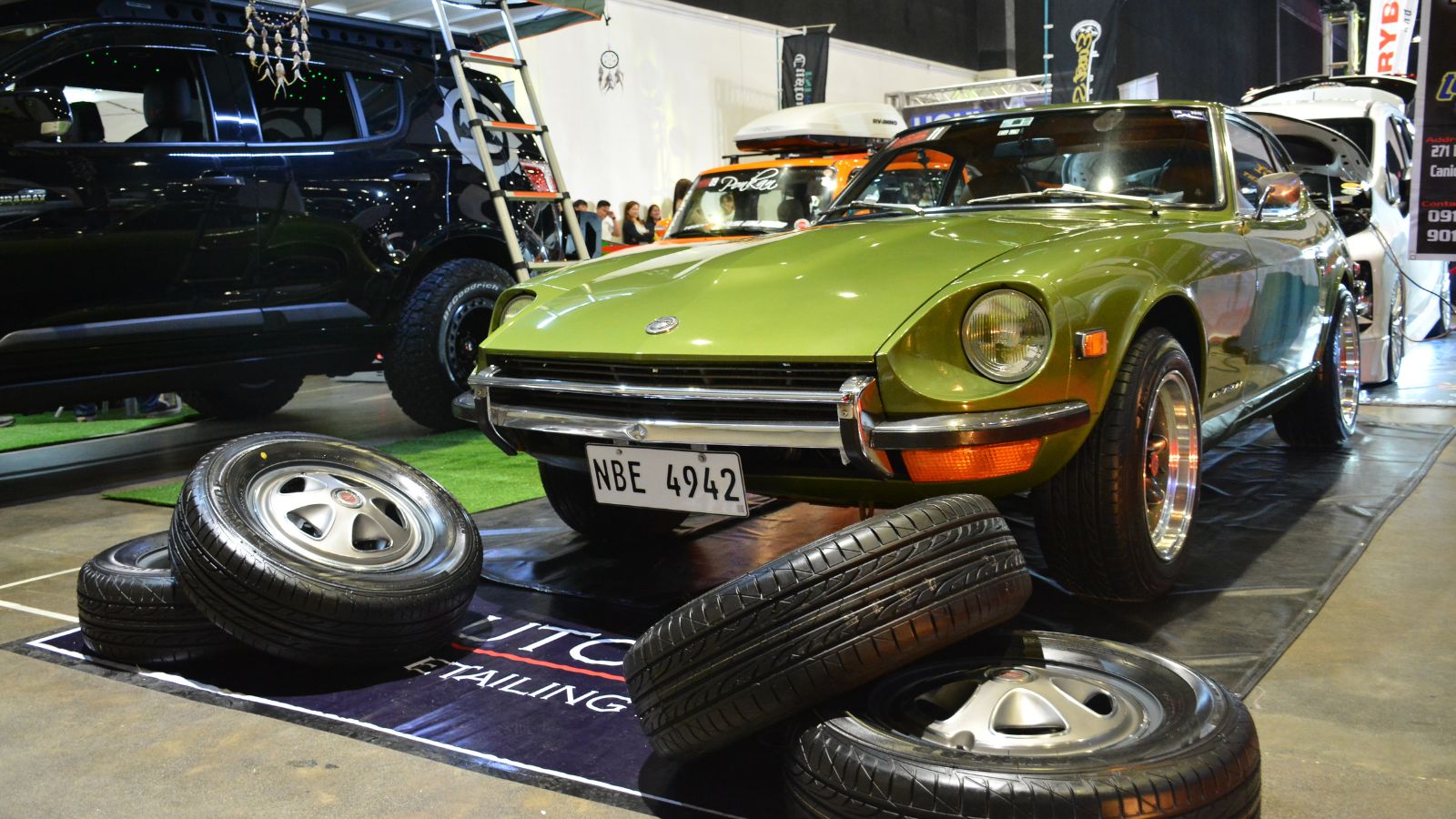
The first Z-car, penned by Yoshihiko Matsuo, was launched in 1970 and became the benchmark for affordable sports cars. Fitted with a 2.4L inline-six, the 240Z was light and responsive, with a 0-60 mph of approximately 7.8 seconds. The interior had clean, stylish bucket seats, a three-spoke steering wheel, and traditional gauge arrangements. Due to its uncomplicated mechanics, the 240Z is one of the simplest and most inexpensive classic sports cars to repair.
Chevrolet Caprice
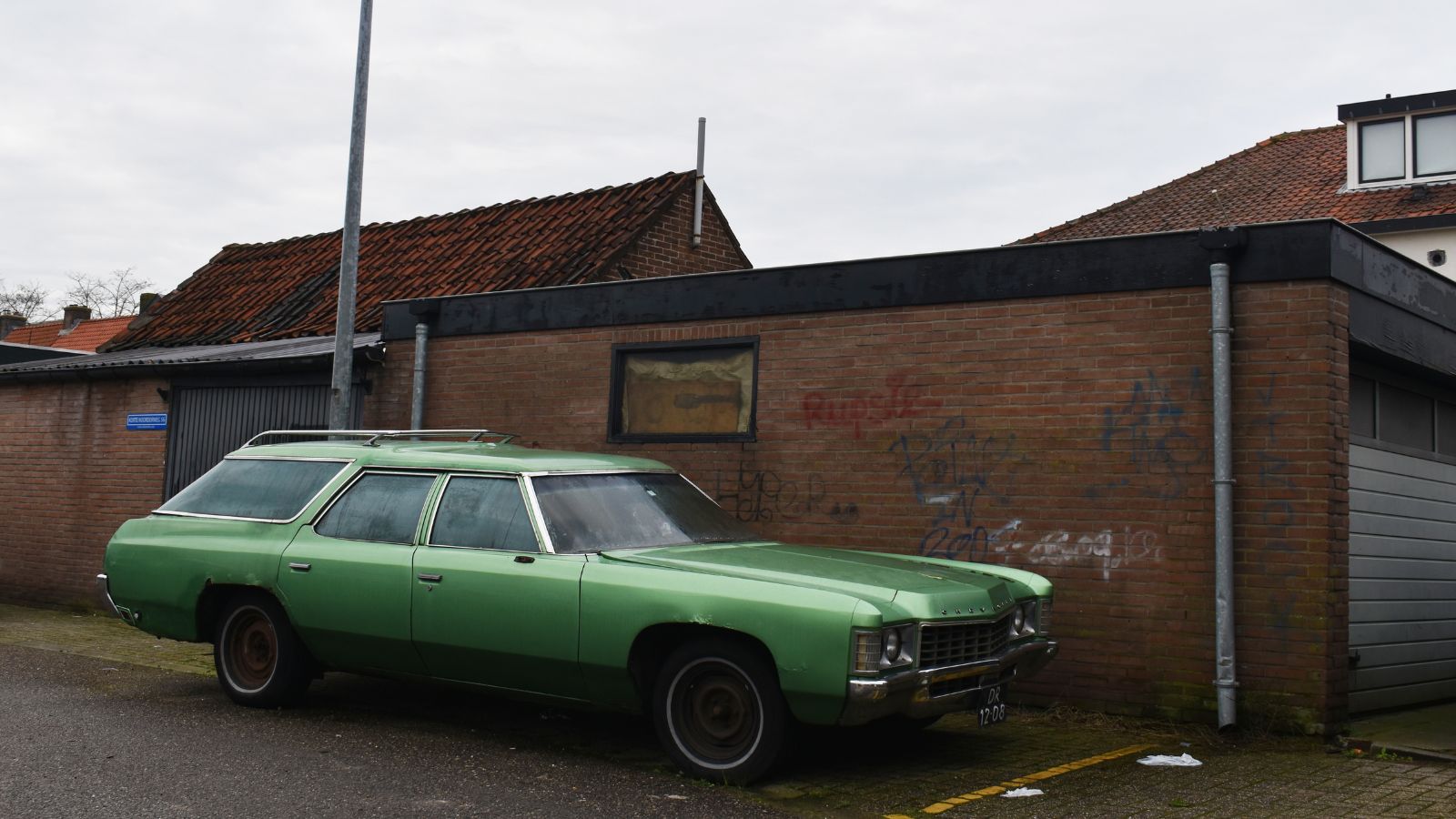
The Irvin Rybicki-designed Chevrolet Caprice was among the final great full-sized American sedans, constructed with longevity and comfort in mind. Under the hood, it contained a 5.7L V8 engine, providing consistent power and a smooth ride. On the inside, the Caprice boasted wide, cushy bench seats, a no-frills dashboard with woodgrain accents, and a smooth suspension system perfect for extended trips. Despite its bulk, the V8 version achieved a 0-60 mph time of approximately 7.5 seconds. With its uncomplicated mechanical layout and availability of spare parts, the Caprice is one of the most affordable classic sedans to keep on the road.
Saab 900
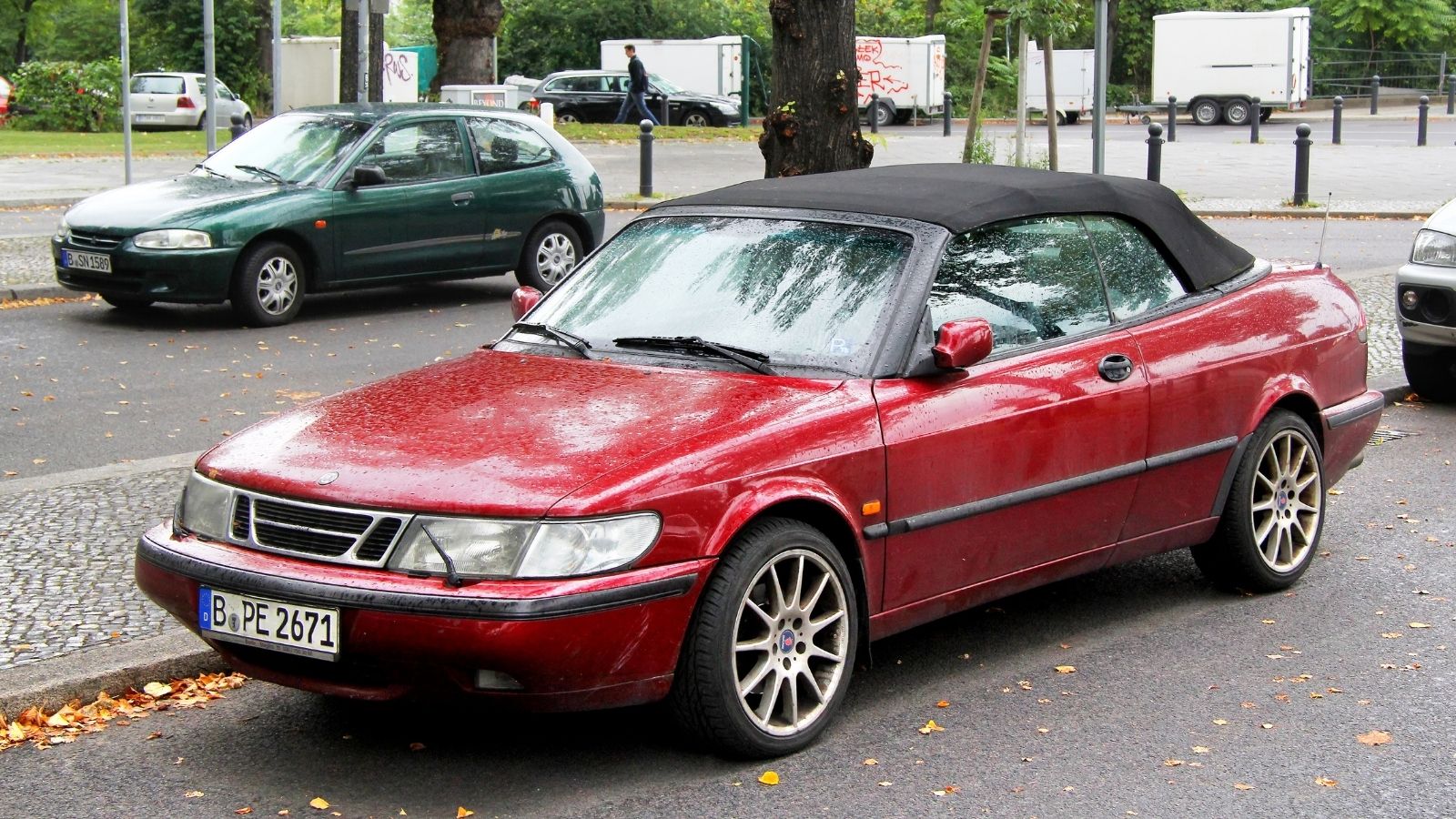
This eccentric Swedish classic, penned under the direction of Björn Envall, was a vehicle ahead of its time. The Saab 900 had a turbocharged 2.0L inline-four engine available on its upper models, much praised for its efficiency and longevity. Scandinavian simplicity reigned supreme in its interior, with comfortable bucket seats, an unorthodox but curving dashboard, and an ignition switch placed in the middle of the dashboard. The turbocharged version would accelerate to 0-60 mph in around 7.5 seconds. Unlike most European classics, the Saab 900 is not difficult to repair due to its sturdy build quality and abundant available parts.
Chevrolet C/K Series Pickup
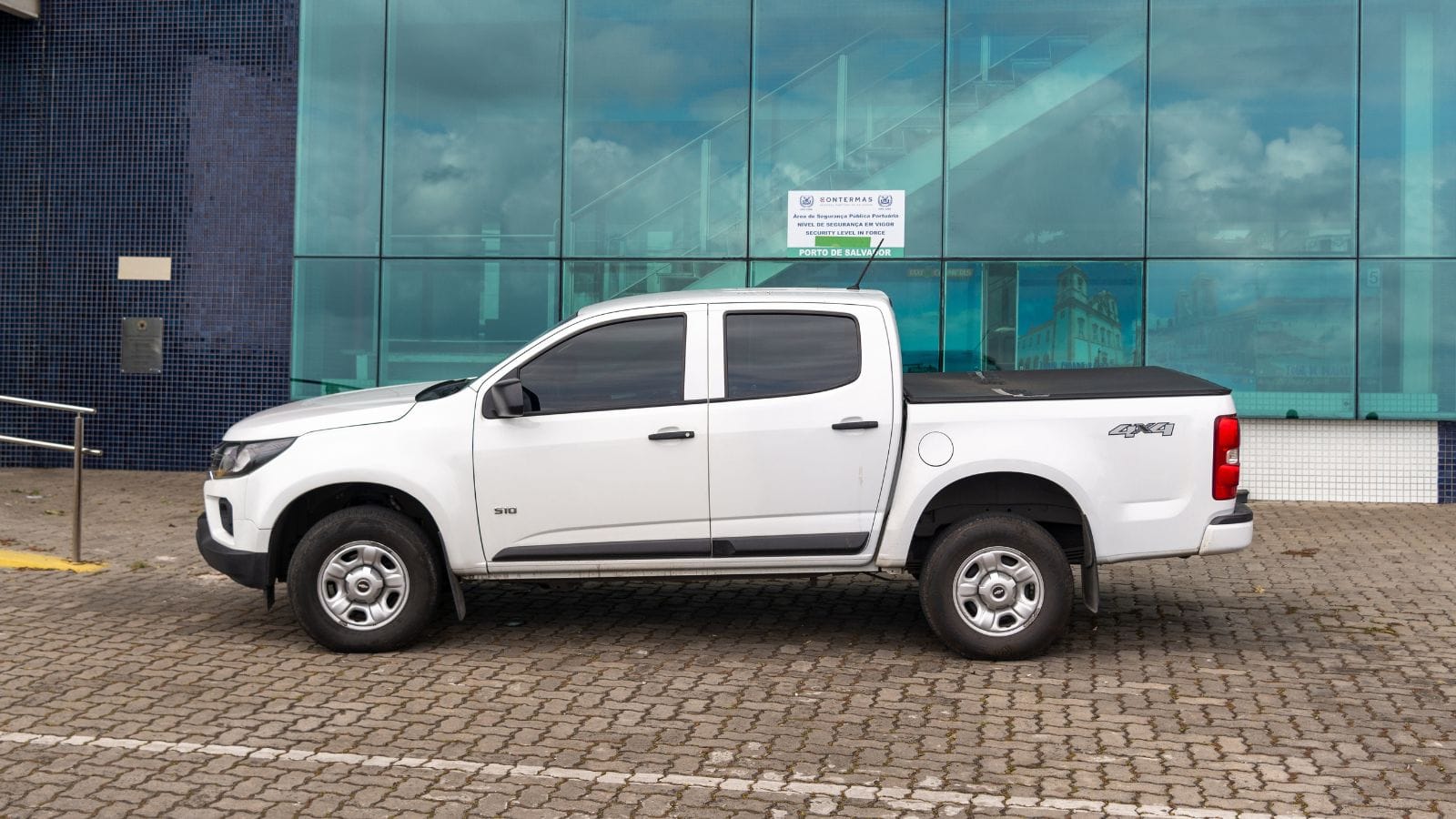
The Chevrolet C/K Series was penned under Bill Mitchell’s GM design leadership. It is a great choice for those with a taste for classic trucks. These trucks were available in various engines, including the ever-dependable 5.7L V8. The interior was simple but functional, featuring a durable vinyl bench seat, a basic instrument cluster, and minimal electronics. The 0-60 mph time wasn’t impressive at around 9-10 seconds. With millions of units sold, parts are cheap and widely available, making it one of the most affordable classics to maintain.
Volvo 240
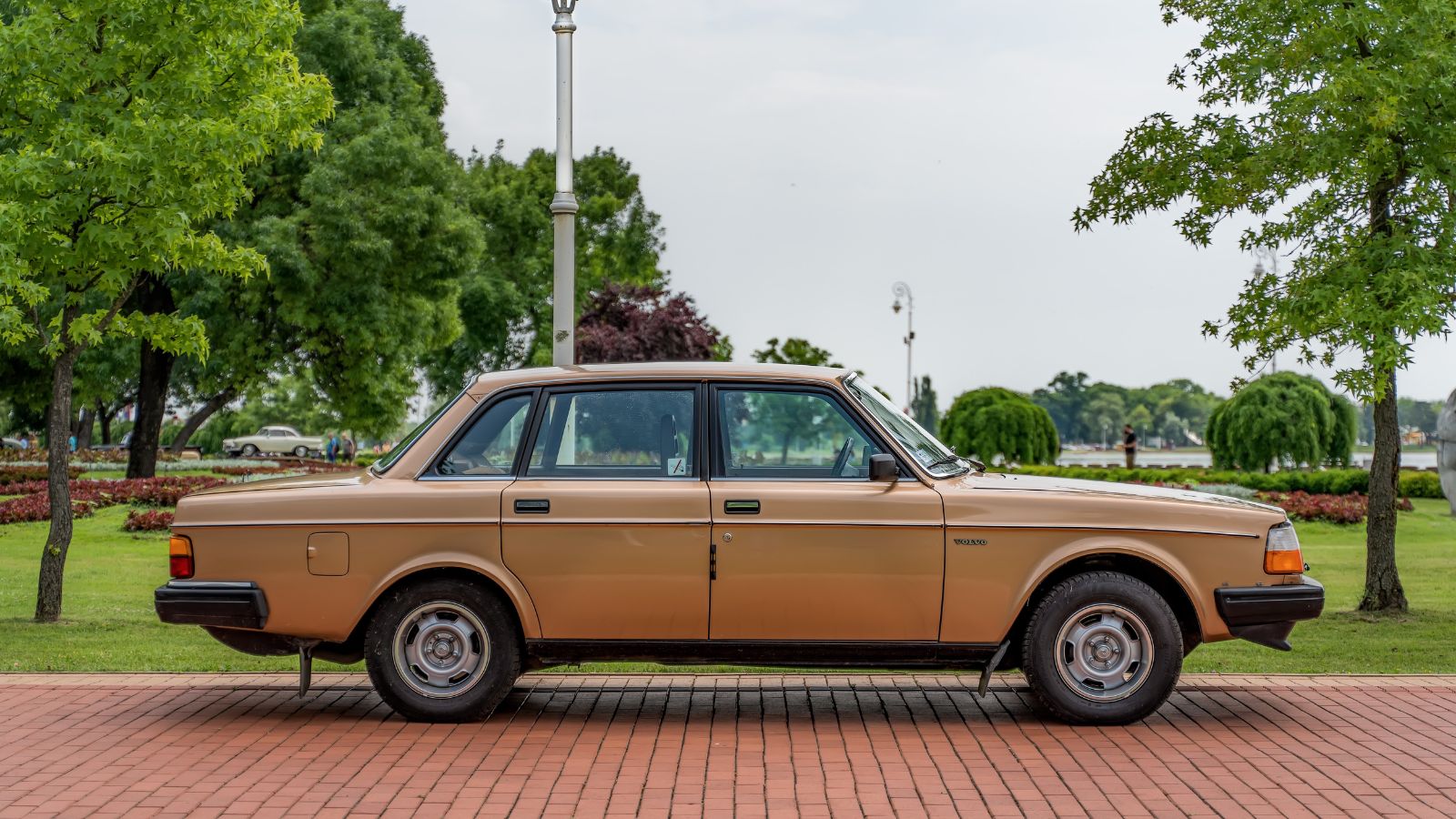
Designed by Jan Wilsgaard, the Volvo 240 is the definition of indestructible. It came with a 2.3L inline-four engine that could survive just about anything. The interior was typically Swedish, with comfortable yet practical designs. It had large, well-padded seats, a simple dashboard layout, and ergonomic controls. With a 0-60 mph time of around 10 seconds, it wasn’t fast, but it was dependable. Thanks to its bulletproof build quality and easy-to-source parts, the Volvo 240 remains a fantastic budget-friendly classic.
Lexus LS 400
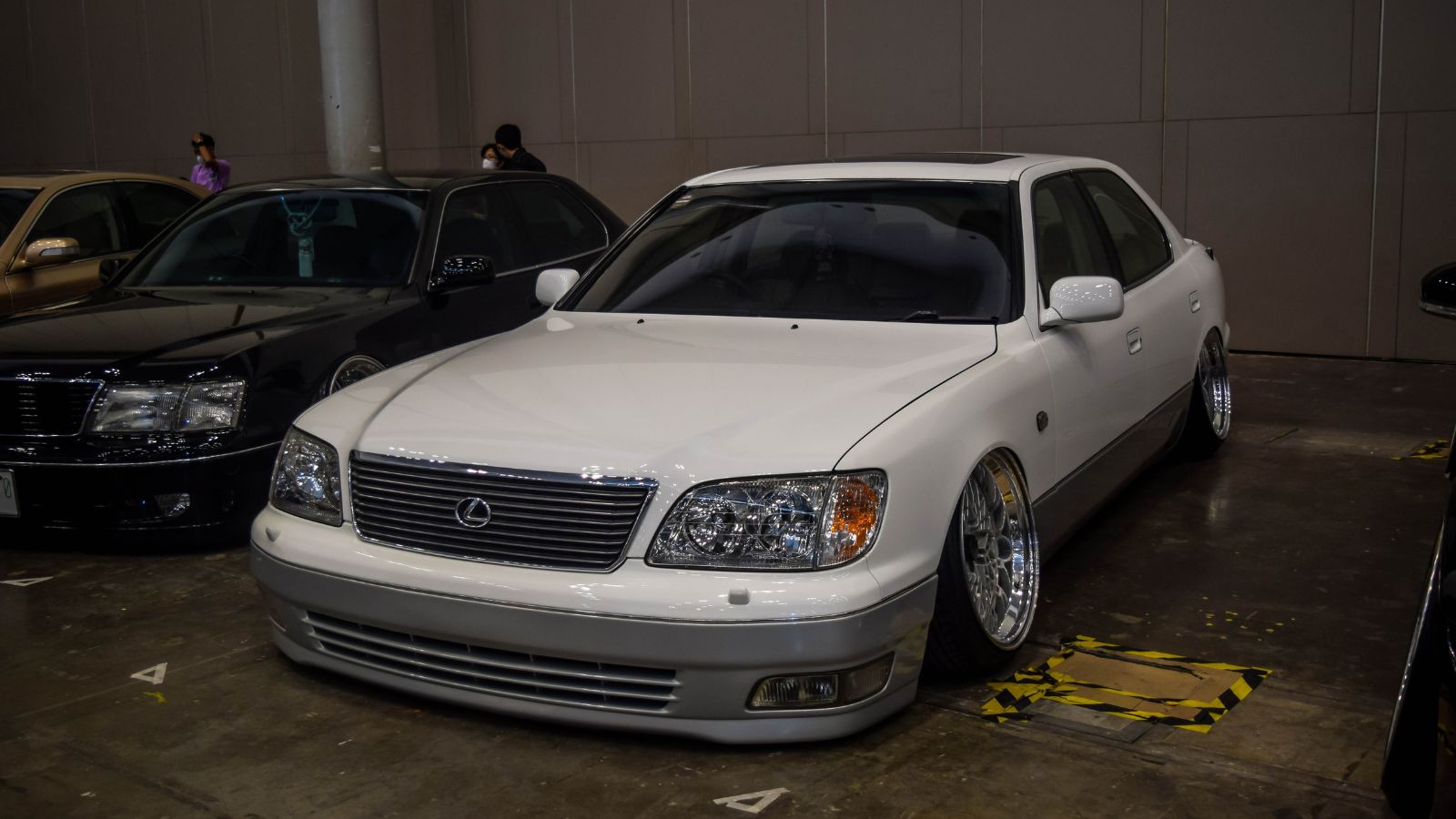
Toyota’s first luxury car, penned by Ichiro Suzuki, swept the globe with its great reliability and sophisticated engineering. The LS 400 featured a 4.0L V8 engine that was smooth, efficient, and almost unbeatable for durability. It came equipped with leather trim, real wood, and one of the quietest cabins of its time. With a 0-60 mph time of approximately 6.9 seconds, it boasted good performance for a luxury car. The LS 400 is remarkably affordable to repair for a premium-branded vehicle, owing to Toyota’s reputation for reliability.
Ford Maverick
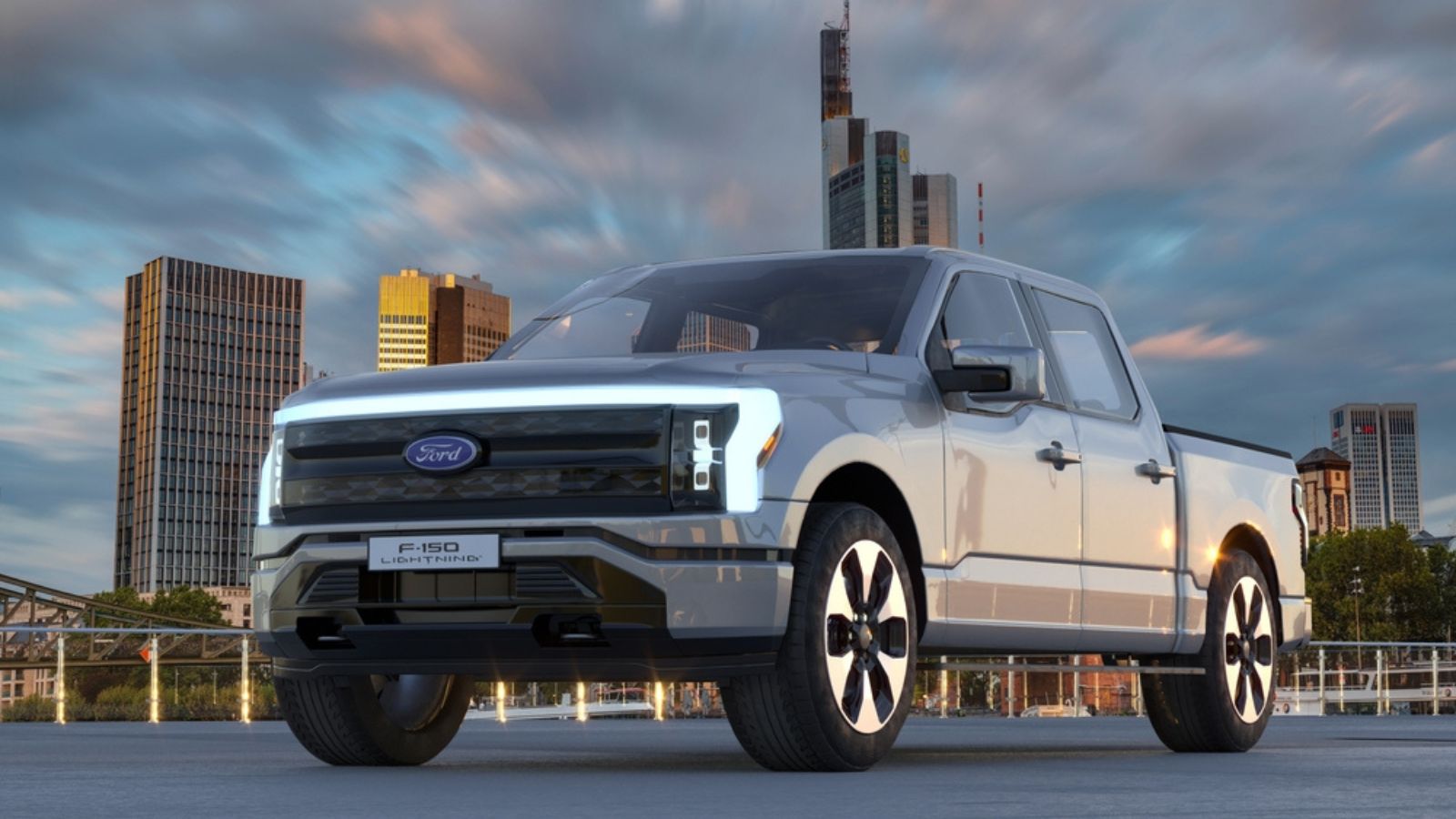
Intended as an easy, low-frills option compared to muscle cars, the Ford Maverick, designed by Ford’s staff, featured economy and reliability. It featured an array of engines, among them a stalwart 3.3L inline-six. Its interior was simple yet efficient, with a clean dashboard, vinyl upholstery, and a simple layout. When powered by the big engines, it could achieve 0-60 mph in roughly 9 seconds. Due to its plain engineering, it is inexpensive to service and offers many affordable components.
Volkswagen Golf Mk2
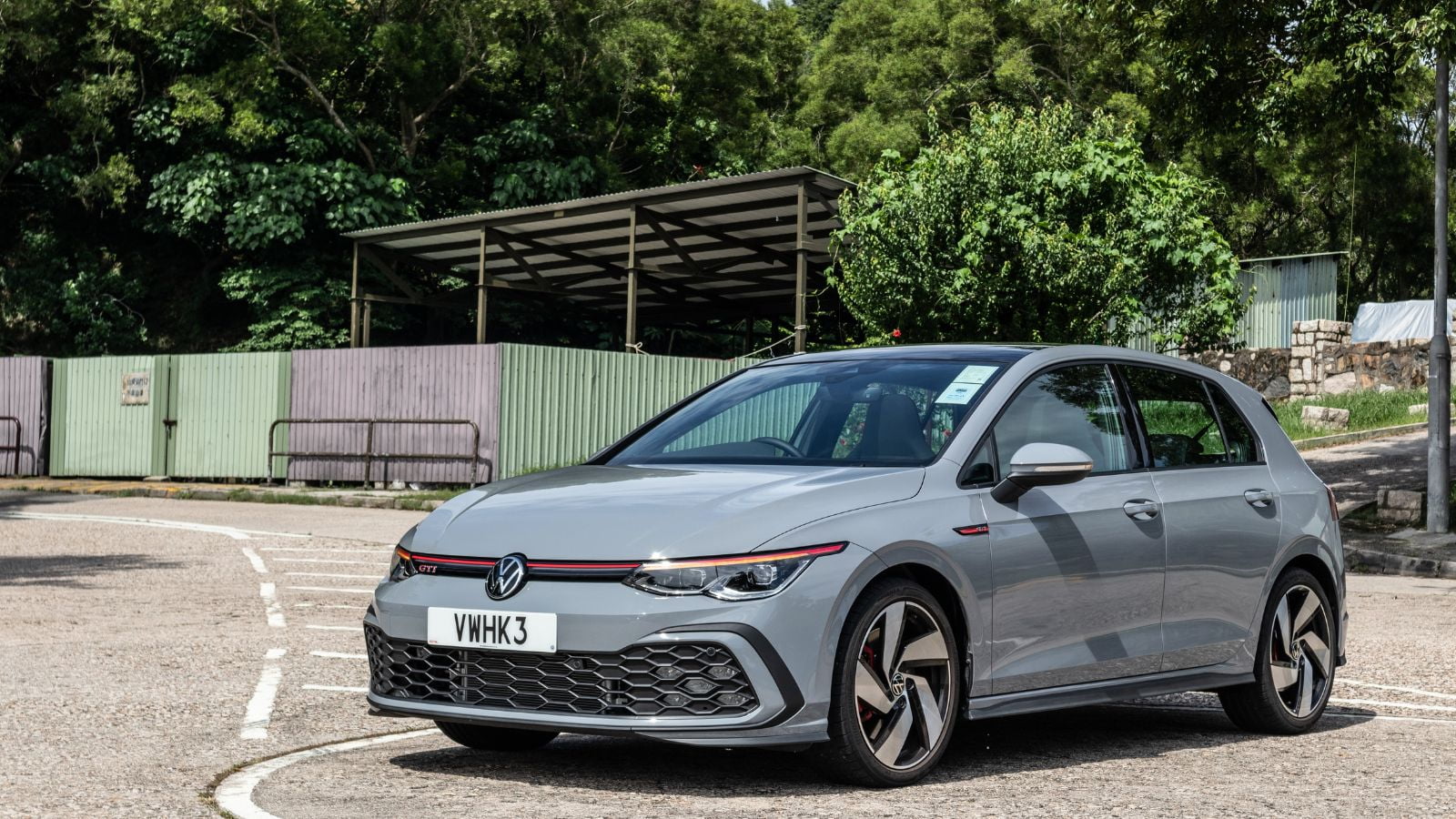
The Mk2 Golf by Herbert Schäfer improved from the original, offering greater efficiency but keeping it plain and simple. It featured a range of inline-four motors, including the iconic 1.8L GTI model. The inside was functional with rugged cloth upholstery, a minimal yet efficient dashboard design, and huge analog dials. The GTI had a 0-60 mph time of about 8 seconds, making it a great little retro car. Volkswagen made millions of Mk2 Golfs, so parts are cheap and plentiful.
Plymouth Barracuda
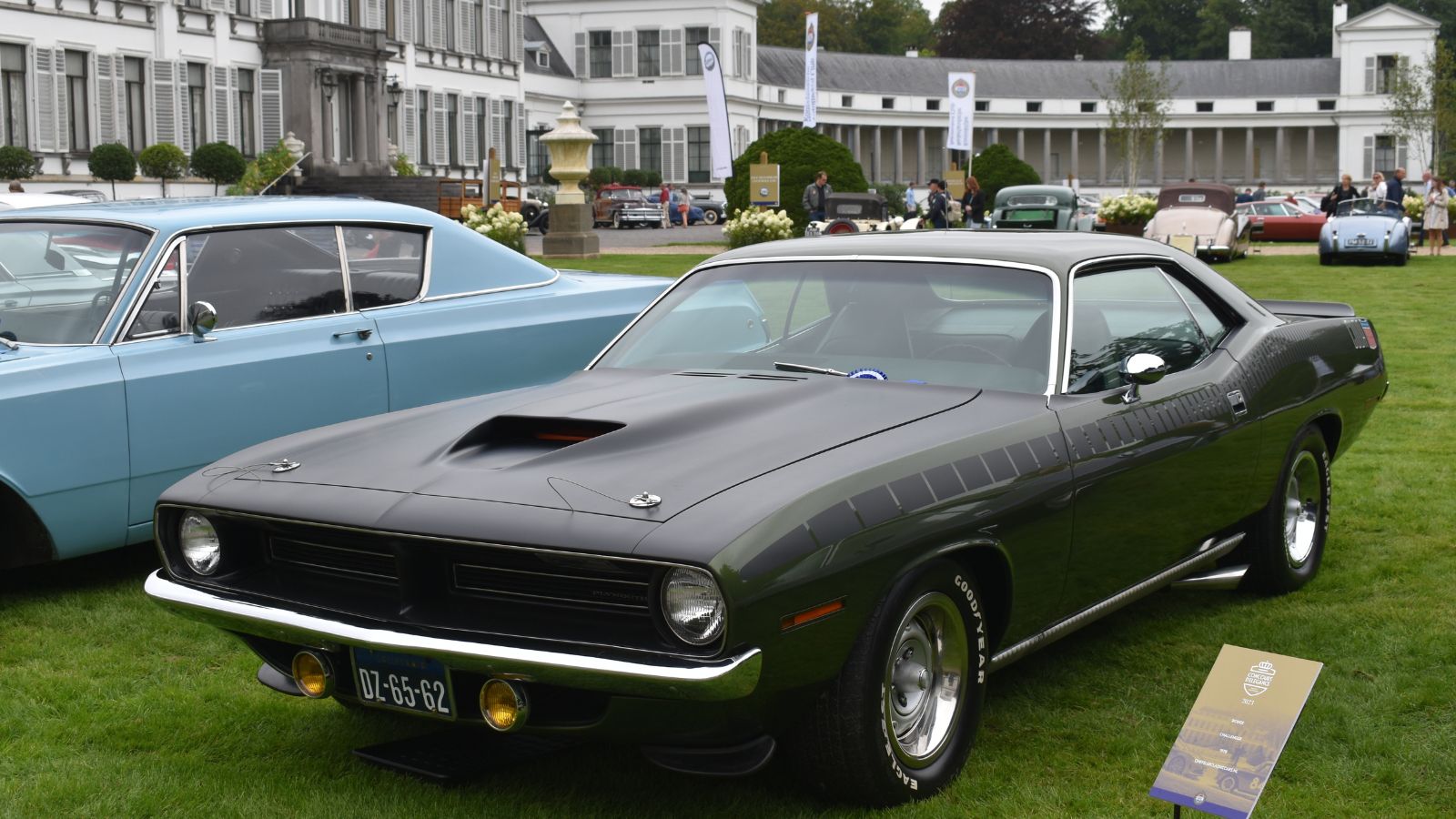
The first-generation Barracuda, styled by Elwood Engel, is an underappreciated original muscle car. Equipped with various inline-six and V8 motors, it boasted decent performance, with some V8s accelerating 0-60 mph in about 7.2 seconds. The interior contained sporty and utilitarian aspects, including bucket seats, a driver-centric instrument panel, and traditional Mopar trim. Because it uses so much commonality with other Chrysler products, parts are still relatively affordable and easy to find.
Honda CRX

The Hiroshi Kizawa-designed Honda CRX was one of the most economical and engaging automobiles of its time. It featured a series of inline-four engines, but the most recognizable of these is the 1.6L VTEC, which achieved an optimal mix of power and efficiency. The interior was austere but sporting, with lightweight bucket seats, a stripped-down dashboard, analog gauges, and a driver-oriented cockpit. The CRX Si would accelerate from 0-60 mph in approximately 7.5 seconds, which is fast for its class. Due to Honda’s legendary dependability and low-cost parts availability, the CRX is an inexpensive classic.
Lexus SC 300
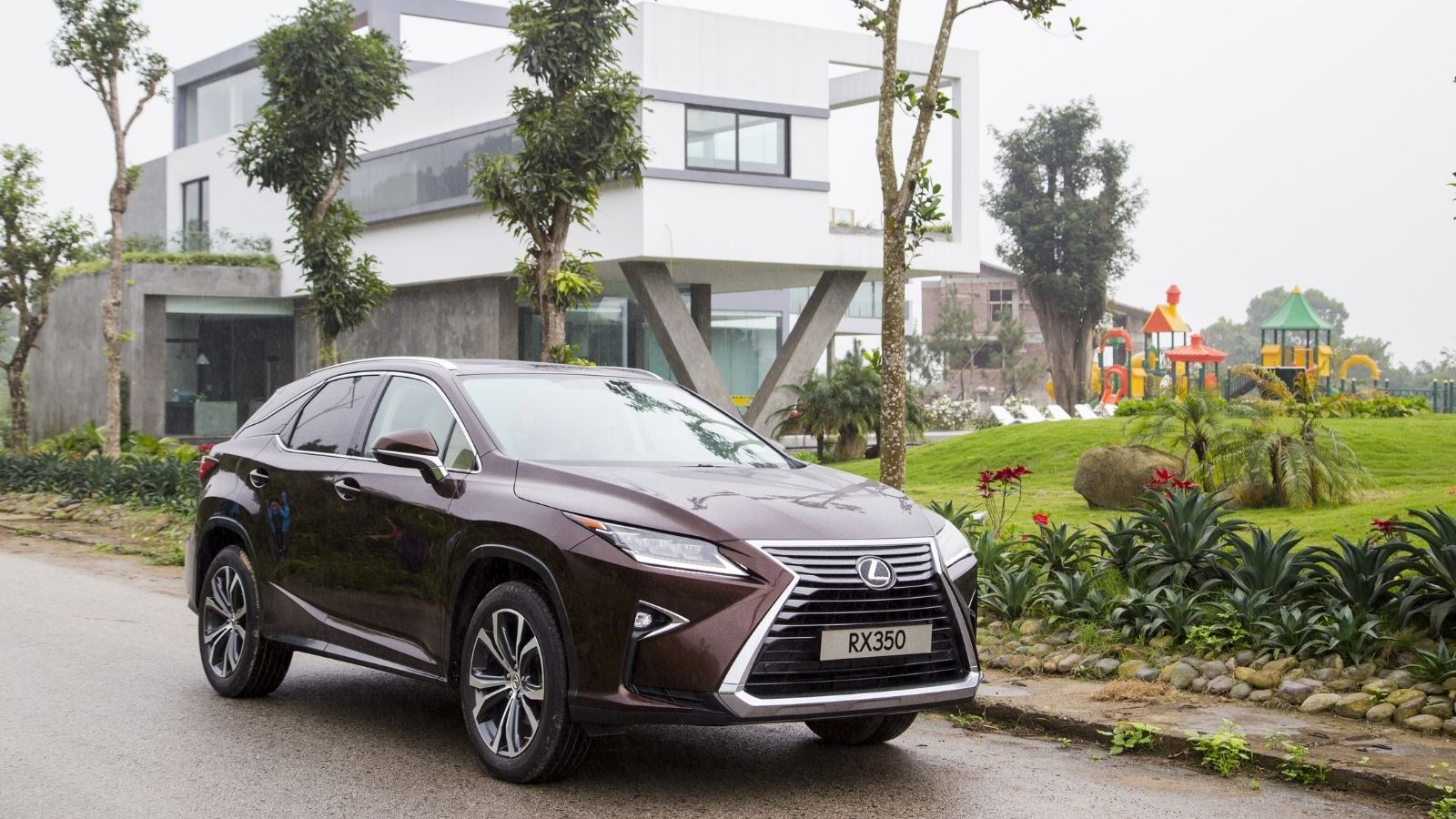
The Lexus SC 300, penned by Erwin Lui, was Toyota’s upscale coupe that delivered style and dependability. Beneath the skin, it had a 3.0L inline-six engine that was powerful, smooth, and virtually indestructible. Inside, it was luxurious, with leather upholstery, wood grain trim, and a sophisticated climate control system. With a 0-60 mph time of approximately 7.2 seconds, the SC 300 provided decent performance. Because it uses so many of the same mechanical parts as Toyotas, repair is fairly affordable for a luxury vehicle.
Mercedes-Benz W123
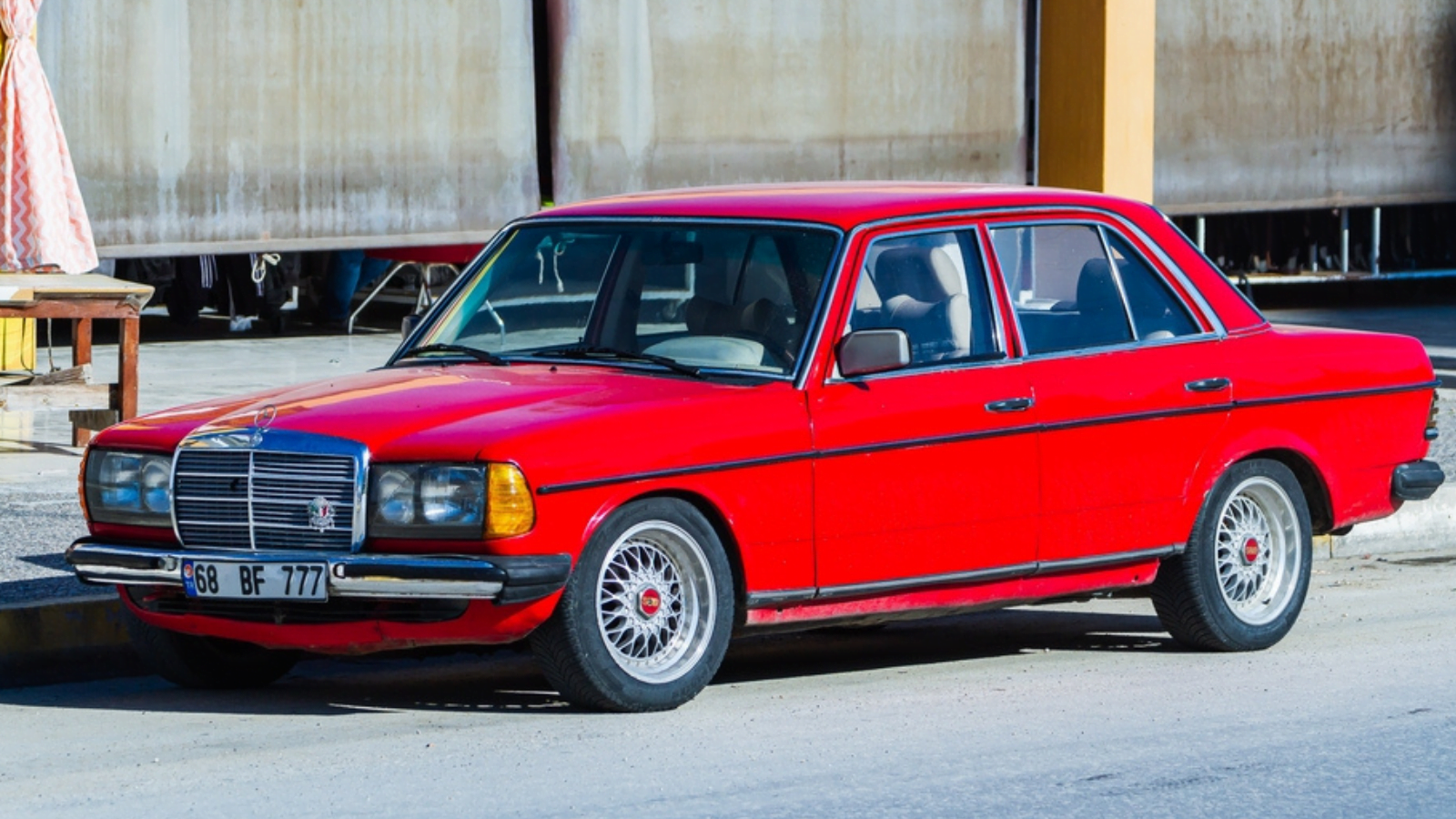
The W123, penned by Friedrich Geiger, is commonly regarded as one of the most long-lived cars ever to roll off the production line. It was available with various engines, including an immortal 3.0L diesel inline-five. Inside, it was all about German quality, with comfortably thickly padded seats, wood trim, and a minimalist yet beautiful dashboard. The diesel models were sluggish, clocking 60 mph in some 11 seconds, but were designed to last a lifetime. With its life-over-engineering design and accessibility of aftermarket parts, the W123 is an inexpensive and trustworthy classic.
AMC Javelin
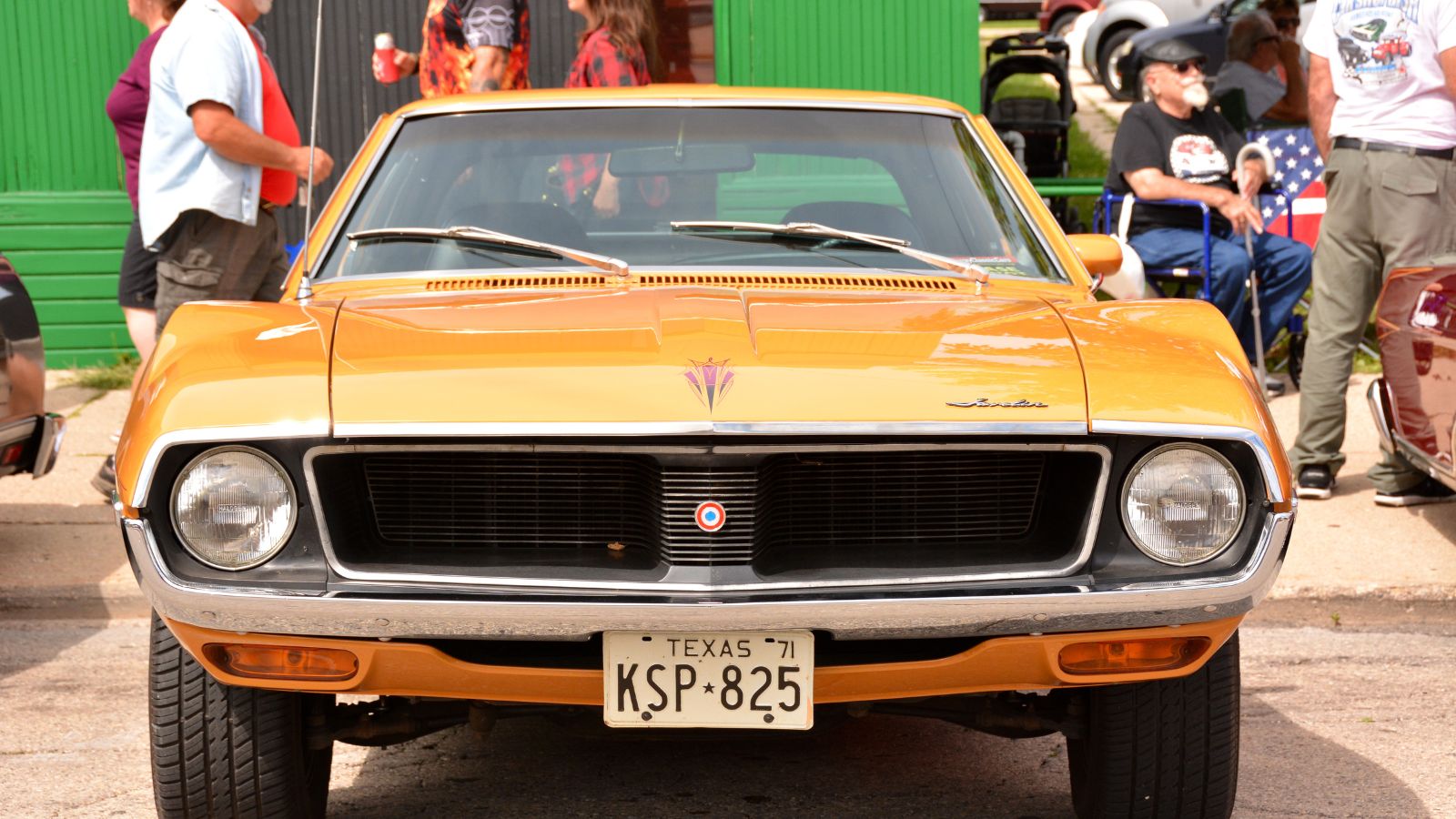
Dick Teague-designed AMC Javelin was a cheaper option than the higher-priced Ford Mustangs and Chevy Camaros. It came with various engine options, from inline-sixes to powerful V8s, capable of reaching 0-60 mph in around 6.8 seconds. The interior was stylish for the time, with deep bucket seats, a driver-focused dashboard, and unique trim designs. Since AMC sourced many parts from other manufacturers, finding replacement components is relatively easy and cheap, making this muscle car a budget-friendly option.
Chevrolet Camaro IROC-Z
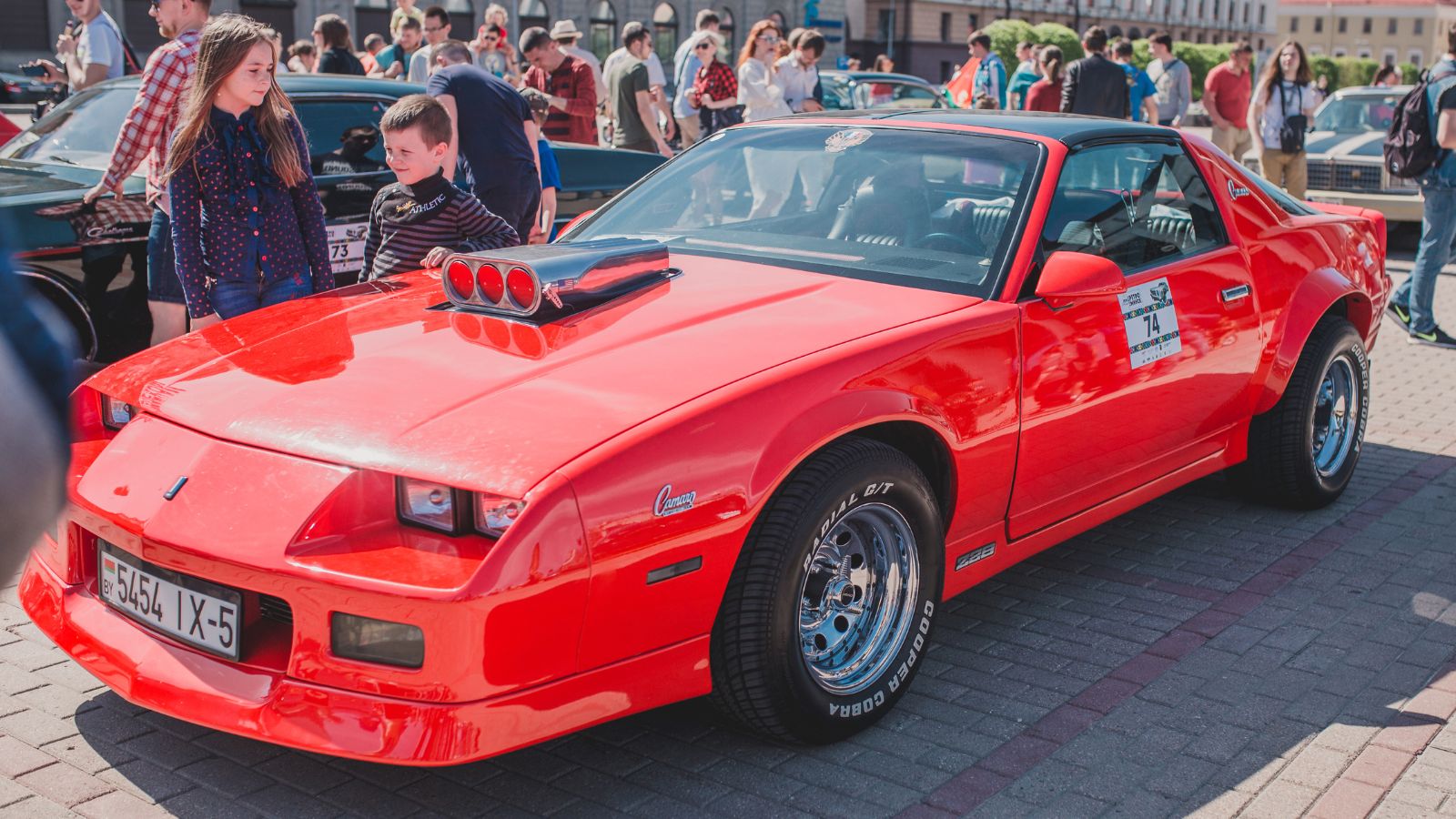
The IROC-Z, created under the direction of GM’s John Cafaro, was one of the top-handling American muscle cars of its time. It featured a 5.0L or 5.7L V8 engine with impressive performance, achieving 0-60 mph in around 6.5 seconds. The interior was typical ’80s muscle, with cloth bucket seats, a squared-off dashboard, and a T-top roof option. GM built many of these, making for a huge supply of inexpensive replacement parts.
Volvo 740
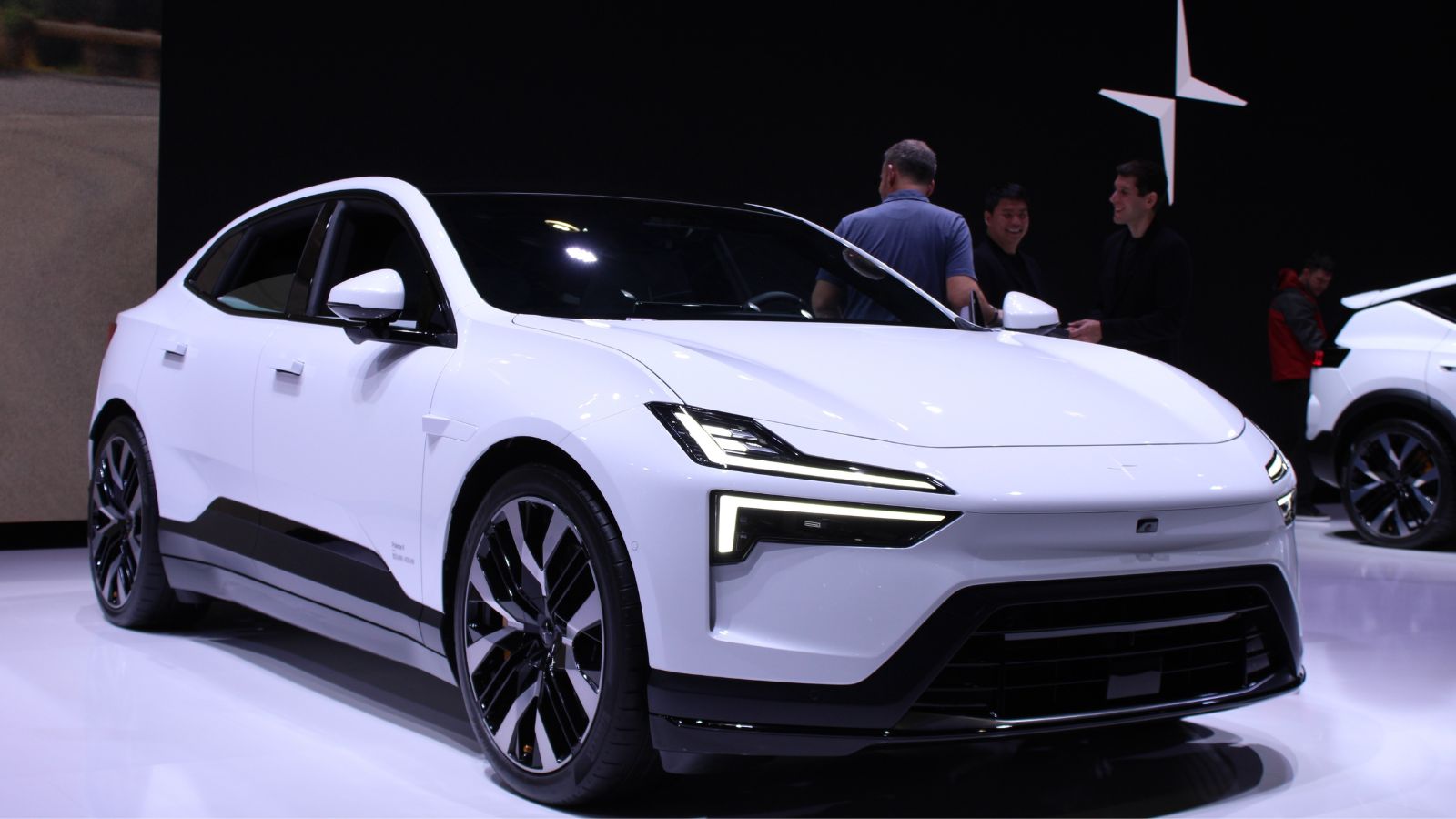
Yet another Swedish tank styled by Jan Wilsgaard, the Volvo 740 was constructed to withstand the test of time. Its 2.3L turbocharged inline-four engine was popular for its durability and low-maintenance nature. The interior was functional but cozy, with broad, supportive seats, uncomplicated but effective controls, and plenty of room within the cabin. It was fast for its segment at 0-60 mph of about 8.5 seconds for turbocharged trim. Due to Volvo’s over-engineering and plentiful replacement parts, the 740 makes a great, inexpensive classic.
Mazda MX-6
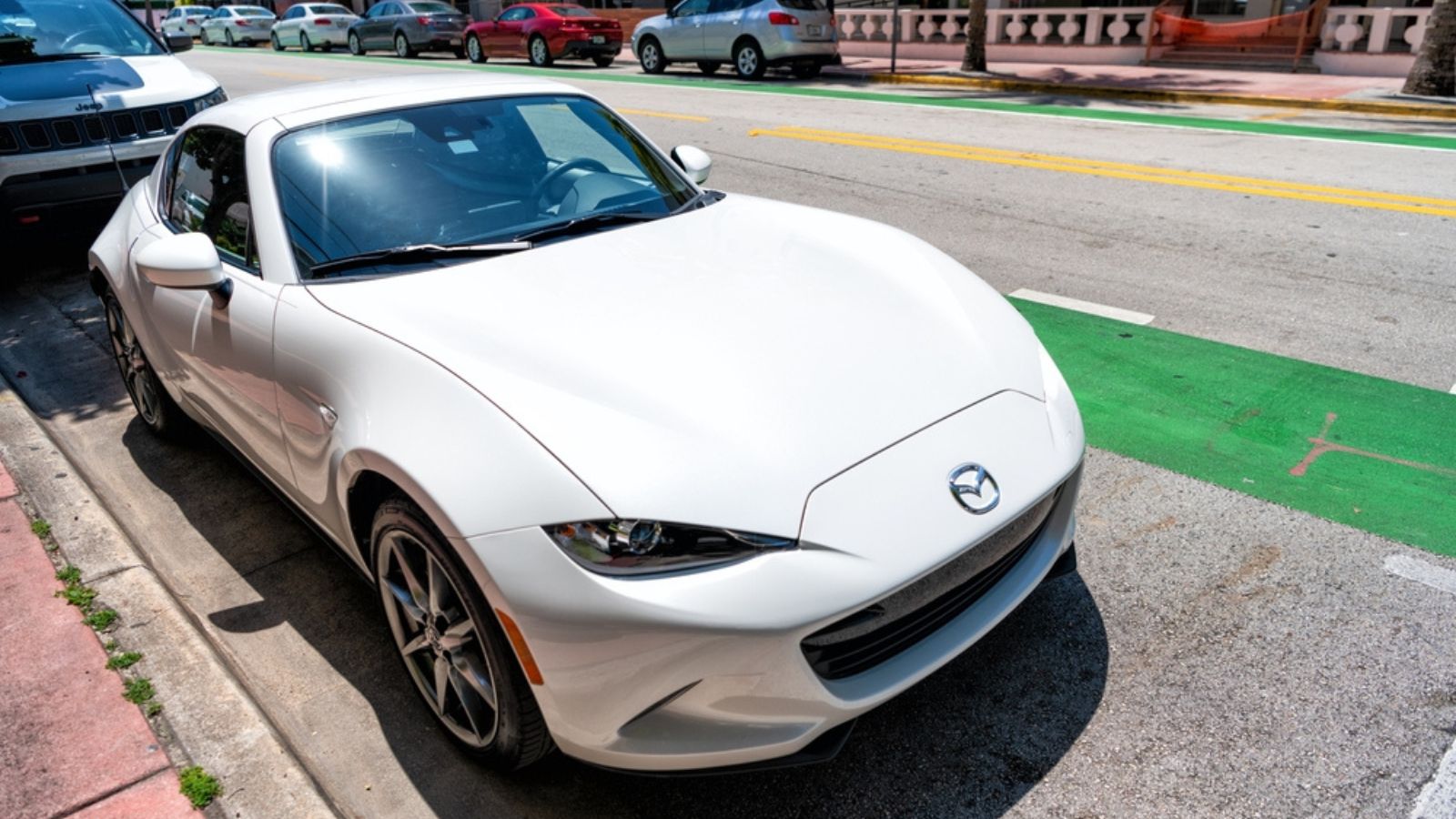
The MX-6, crafted by Mazda’s international design division, was a sleeper sports coupe with good dependability. Equipped with a 2.5L V6 engine, it was silky smooth and considerably more powerful than one would think for its capacity. Inside was driver-oriented in design, including bolstered seating, a neat dashboard layout, and a feeling of quality commensurate with a vehicle priced this way. It had good performance capability with a 0-60 mph acceleration in about 7.5 seconds. Repairs are affordable because many of its parts were shared with other Mazda models.
Ford Crown Victoria
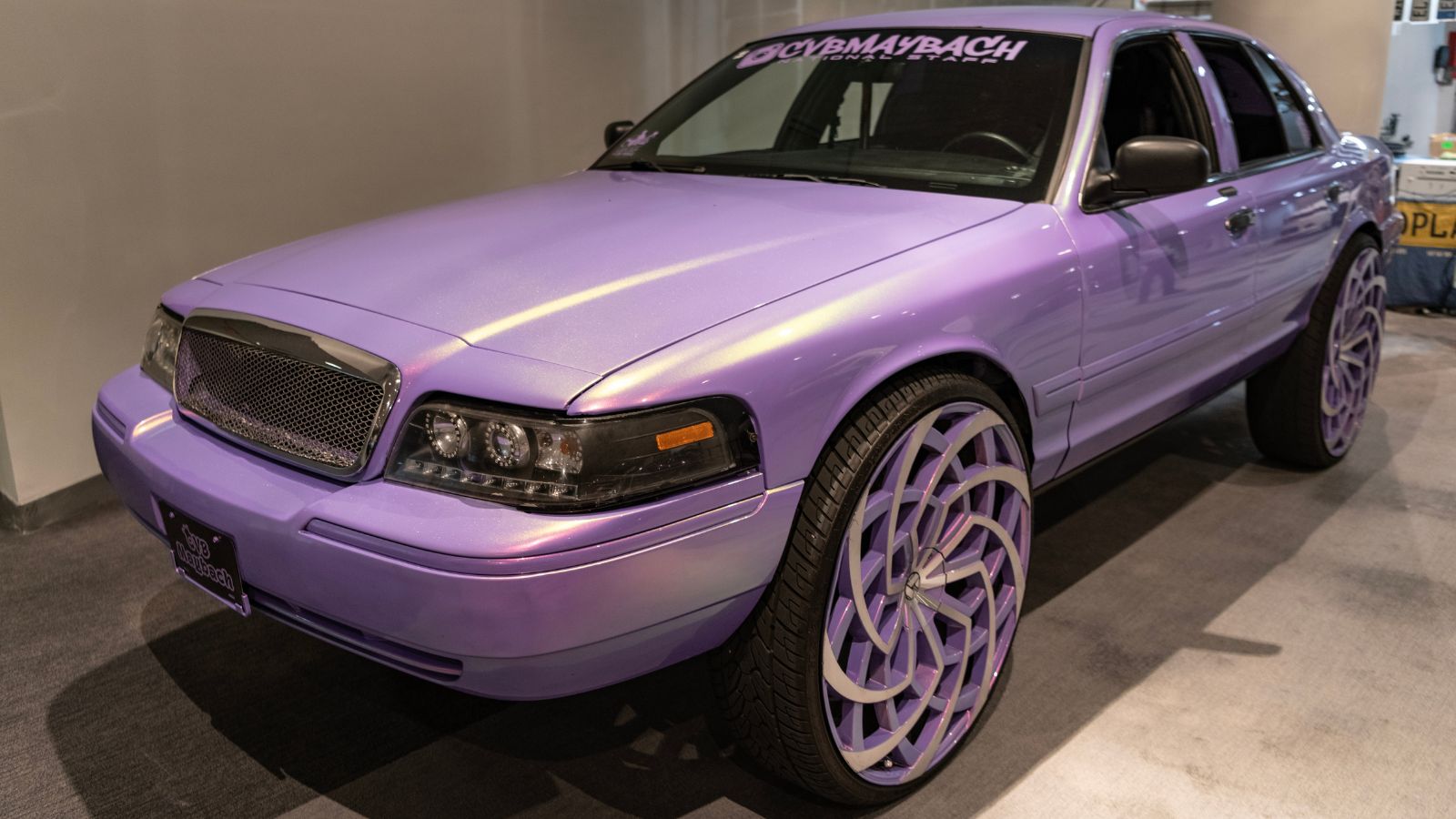
Under Ford’s fleet vehicle program, the Crown Victoria was designed as one of America’s most distinctive sedans. Driven by a 4.6L V8 engine, it was constructed with durability in mind over pure speed, accelerating 0-60 mph in approximately 8.5 seconds. The interior featured comfortable designs with broad bench seats, a huge trunk, and an easy-to-clean, uncomplicated dashboard. As these vehicles were commonly used as police cars and taxis, the parts are inexpensive and readily available, making it one of the cheapest classic sedans to maintain.
18 Budget-Friendly Electric Cars That Last Longer Than Their Loans — Economical Electrics
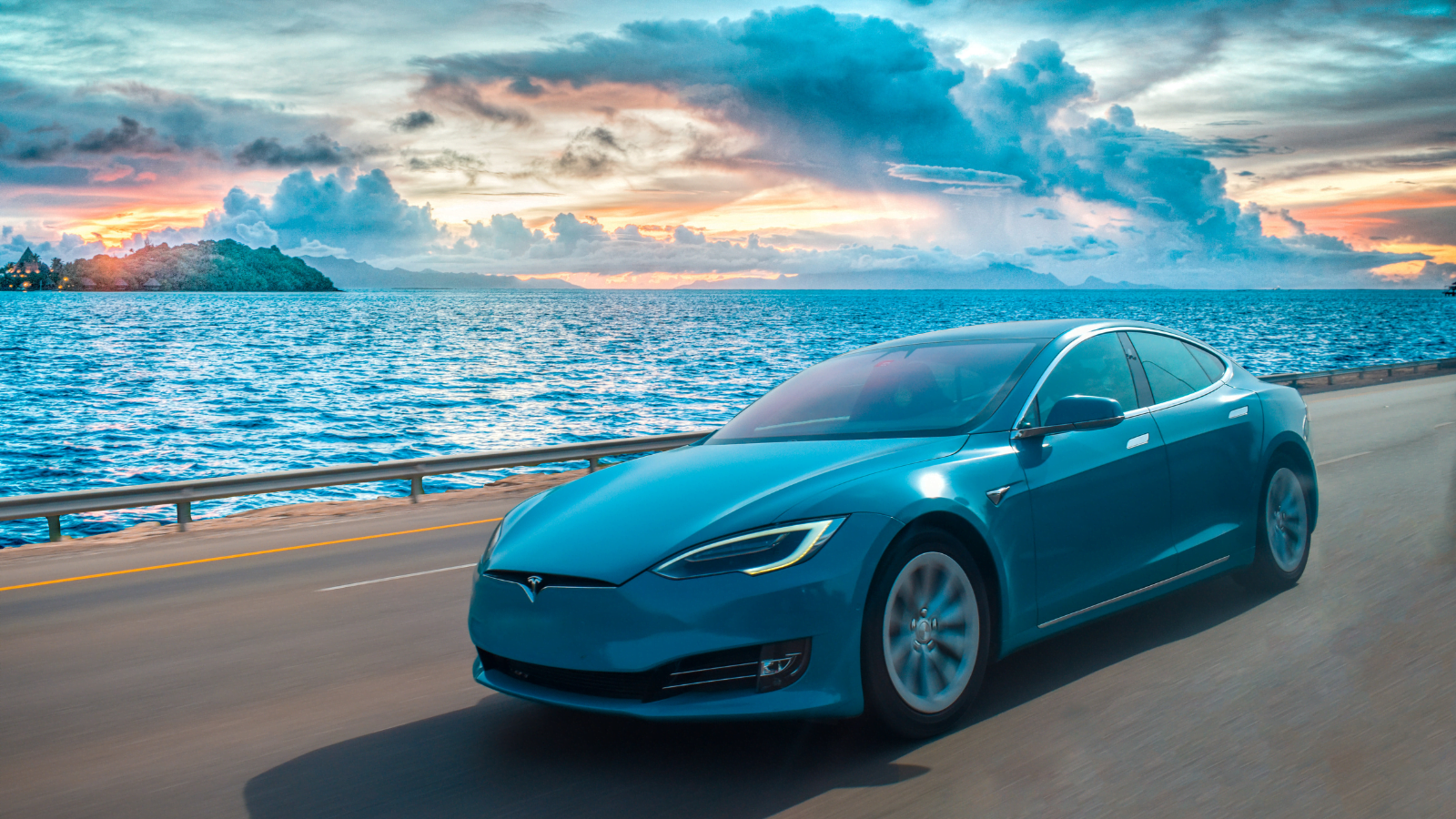
Electric vehicles are no longer a luxury for the elite—they’re a smart investment for the everyday driver. With manufacturers stepping up to the plate, affordable EVs now deliver on reliability, range, and modern comforts. Here’s a look at 18 economical electric cars engineered to outlast their payment plans.
18 Budget-Friendly Electric Cars That Last Longer Than Their Loans — Economical Electrics
